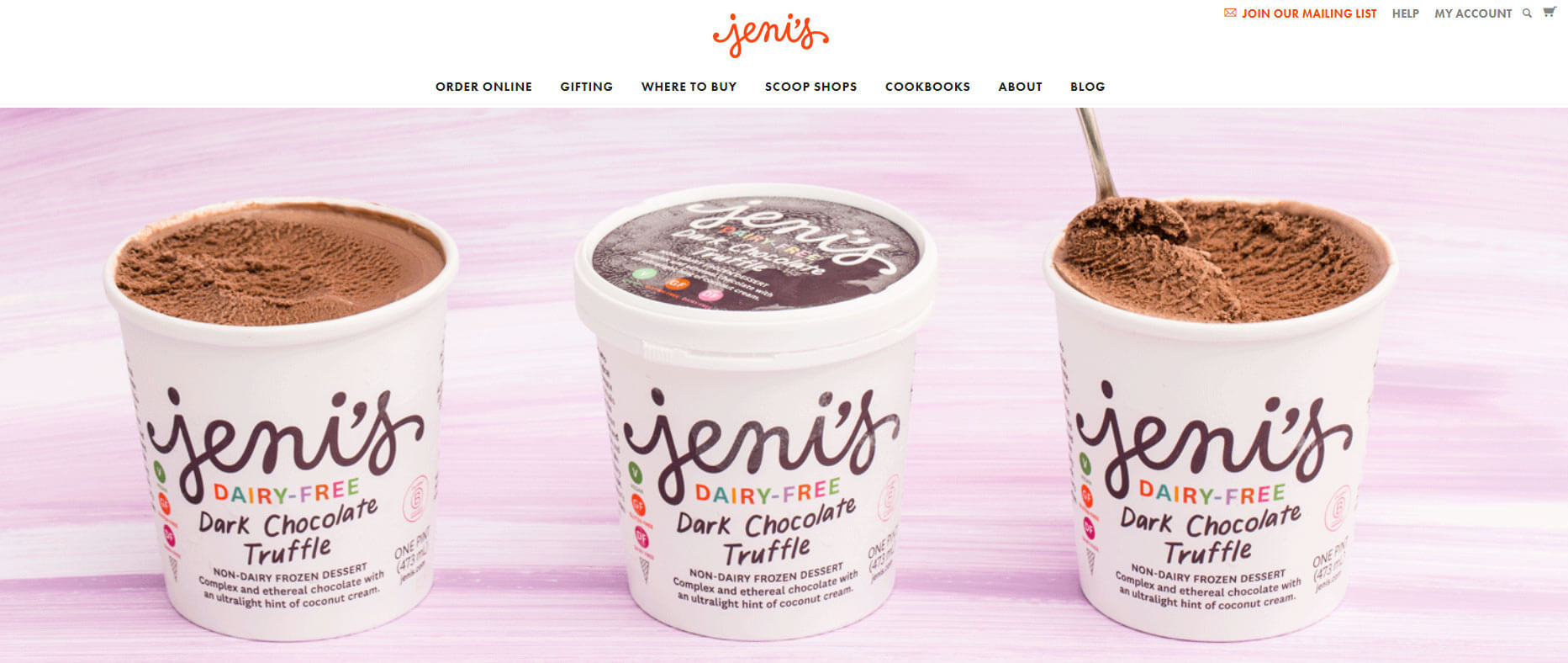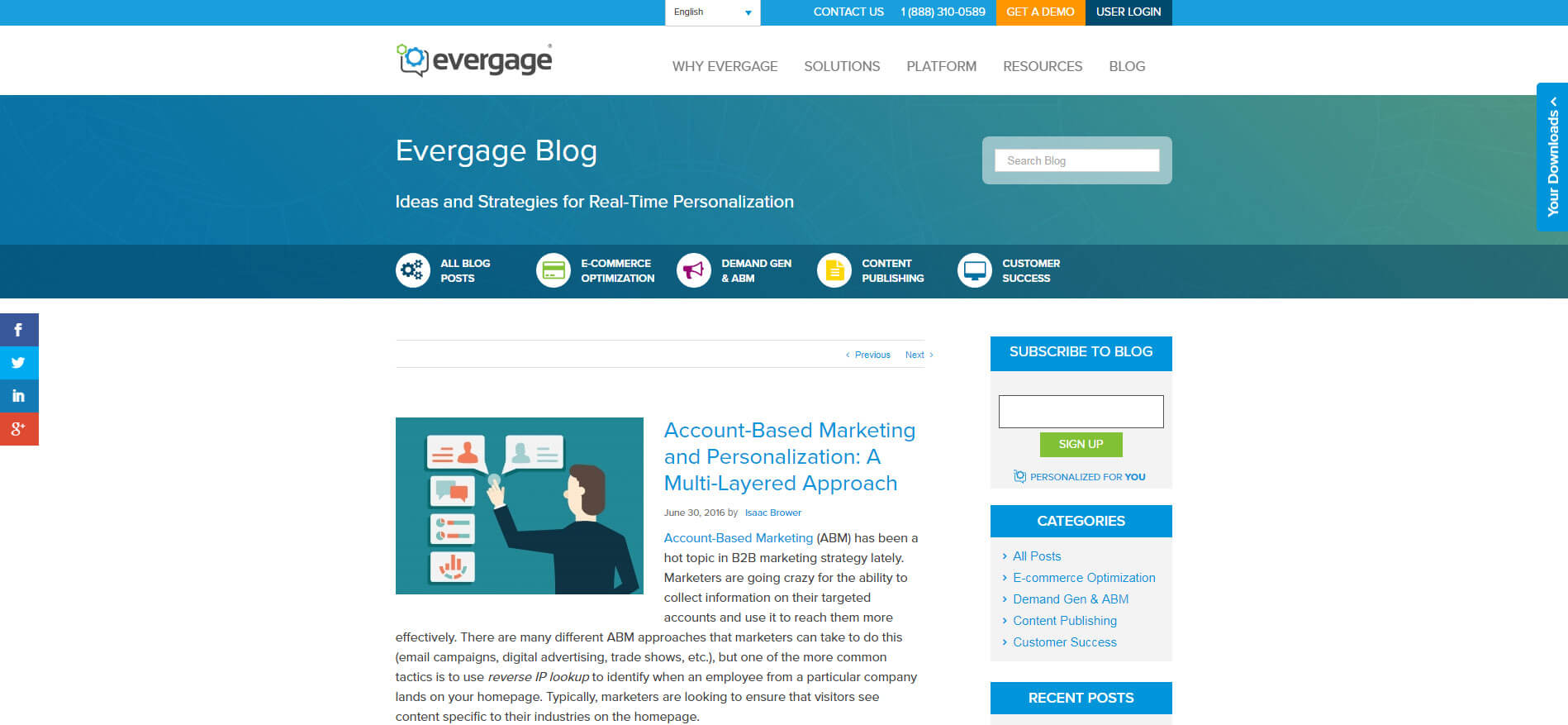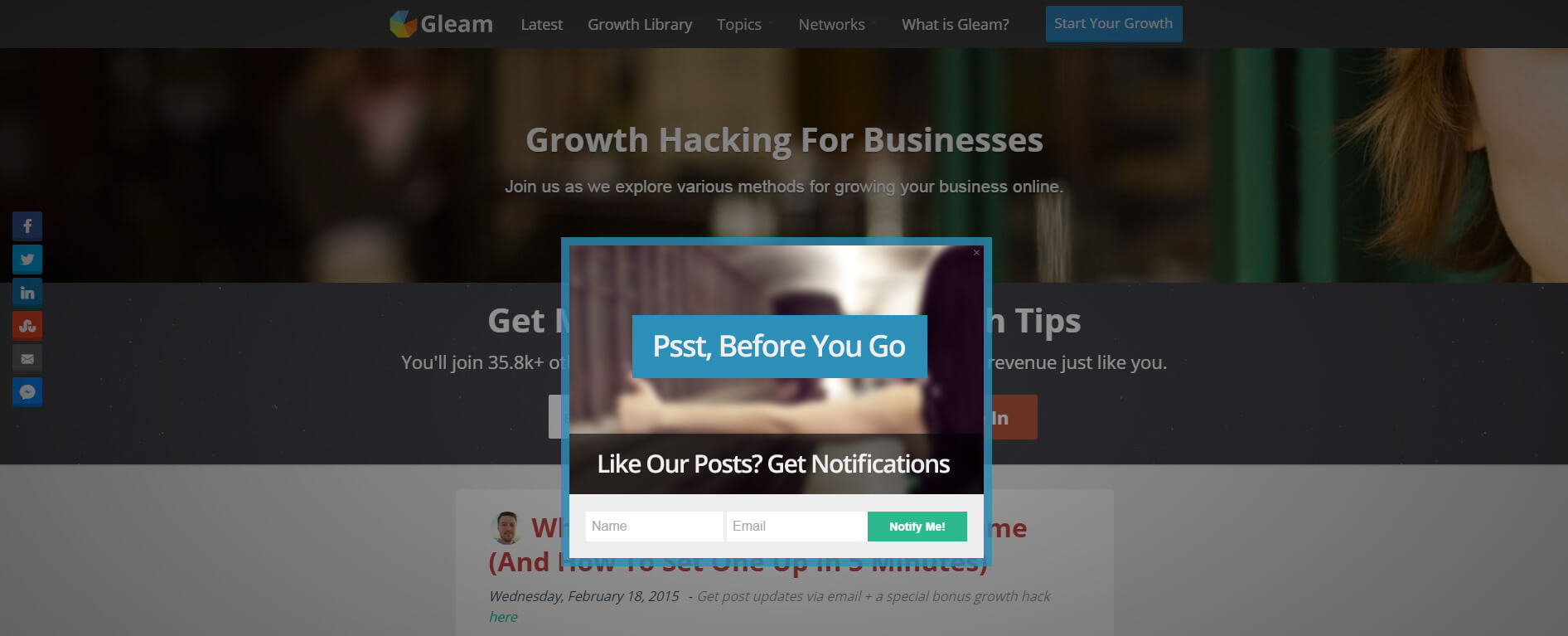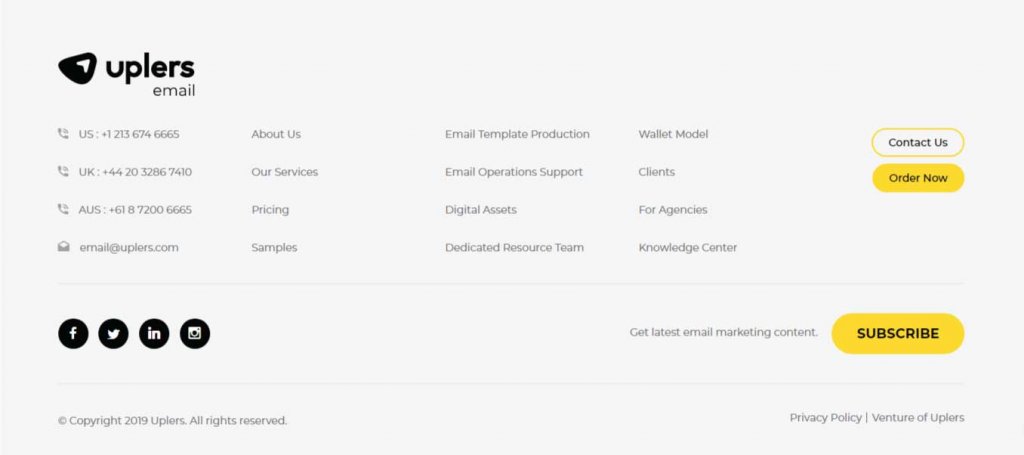Email marketing is still one of the most promising marketing channels with a 4300% ROI. But for any business to achieve the desired success with email marketing, you need to do it right. And it all starts with a good email list because any campaign, no matter how awesome it is, cannot be successful if you don’t have a sorted and clean list. Email list building and growth should thus be every email marketer’s top priority.
Let’s take a look at the two major challenges that email marketers face here-
- Curbing the churn rate
- Acquiring new subscribers
Curbing the Churn Rate
Email list churn is the number or percentage of subscribers who quit your mailing list. List churn includes factors like unsubscribes and bounces and it eats up 25-30% of the average email list each year.
Ways to curb your churn rate
- Give subscribers an option to set preferences
- Conduct a survey to find out the kind of content they want to read
- Use a double opt-in to ensure you have genuinely interested subscribers
- Segment your email list to send relevant, targeted emails
- Create more engaging emails that provide a great user experience
- Personalize and do it right
- Send re-engagement series to retain a few of the disengaged subscribers
Acquiring New Subscribers
The easiest way to get a huge list of new subscribers is to buy a list. Hey, wait right there! The easy path is always more tempting but it’s the difficult path that is more rewarding they say. On a serious note, you should NEVER buy a list. Why?
- The list may be full of out-of-use email addresses
- Chances are that, on mailing to these addresses, you’ll come across as a spammer
- Your metrics will be poor considering the poor response you get
- You might damage your sender reputation and end up having deliverability issues
How do you build a list then?
The correct and most lucrative way to build a list is to build it organically. While this may demand a long time and consistent efforts from your side, it’s the best option in the long run. There are several benefits of building a list organically- from good email deliverability to better results for your campaigns.
Basically, you need to have a list of subscribers who have themselves, willingly opted to join your email list. How do you get them to do that?
Ways in which you can collect email addresses to build a list
- Opt-ins
- Landing Pages
- Contest and Giveaways
- Social Ads
The simplest, most common and ideal way to drive opt-ins on your website is through the use of opt-in forms on your website. This is the ideal method because unlike others, you are collecting an email address by telling the subscriber that you are doing so to send emails and newsletters. So, in this article, we shall be discussing only opt-ins.
Areas on your website where you can place an Opt-in
Finding the right real estate for your opt-in form on your website is crucial. You want your visitors to locate your sign-up form easily. Here are some ideas:
1. Header or navigation bar
The website header can be one of the best places to place your sign-up form or link. It’s one place that visitors are least likely to miss out.
Check out Jeni’s Ice Cream header which features the ‘Join Our Mailing List link.

2. Sidebar
The sidebar is another attention-grabbing place on your website. Most businesses that put up an opt-in form in the sidebar, choose the topmost spot for it. That’s also the place where visitors look for it but you can always try placing it further down.
Evergage has used the sidebar of their blog page to display the opt-in form.

3. Blog posts
Putting the sign-up form at the bottom of a blog post is also a common practice. Someone who has just read your blog post is more likely to be interested in signing up for your newsletter/emails. A strategically placed form can guide them as to what to do next.
However, that doesn’t mean a sign-up form should only be at the bottom of a blog post. You can also do so within your blog post or as shown above, in the sidebar.
4. Pop-up form
Pop-up forms work if they are providing value. So, if you have something unique to offer, you can always have an opt-in as a pop-up. Pop-up can be of two types- a timed pop-up (which opens after a visitor has spent specified time on a page) or one that pops up when the visitor intends to leave – exit intent.
An exit intent asking the engaged reader to subscribe can help to drive opt-ins. Check out this popup from Gleam. It asks the subscriber to sign-up for email notifications if they liked the post they just read.

5. Fixed CTA
A fixed or sticky CTA in email that remains fixed at the top or bottom of the screen as your website visitor scrolls down- isn’t that a great idea? So, visitors, at any point in time when they are on your website and wish to opt in can do so without hassles.
6. Footer
This placement works on the concept that if people make it to your footer, they are engaged with your content. These visitors are more likely to sign-up to your email list.
Uplers has its sign-up form placed in the website footer.

Tools to help you with list building
There are several easy-to-use tools that can help you automate the process of collecting email addresses. Placing opt-ins at key locations can make it easy for prospective subscribers to subscribe to your emails.
Here are some of the many tools that can help to set up an opt-in:
- OptinMonster
- Hubspot Leadin
- Mailmunch
- Bounce Exchange
- Optimizely
- Popup Domination
- Drip
- Optin Footer
- List Builder
- Slide In
Email List Growth Best Practices
- Don’t force any visitor to give their email address in return for regular content like blogs/infographics. Every website visitor is important to you and you cannot afford to irk any.
- A double opt-in can be your best buddy when it comes to permission-based marketing. As this requires the visitor to confirm their sign-up through the email address shared by them, you steer clear of the invalid addresses and email to only the genuinely interested folk.
- Recaptcha confirmation is a good way to keep the fake sign-ups at bay.
- To curb the unsubscribes, always give your subscriber the option to change email preferences.
- Take some action to re-engage your disengaged subscribers. And in case they are still not interested, remove them from your list.
- Make sure the list building tool you use (OptinMonster or any other) is linked to your ESP, CRM system, as well as your analytics to help you analyze the results.
Wrapping Up
While it is true that you need a big list to make it big in the email marketing world, what’s more important is the fact that the list needs to be generated organically to ensure better campaign performance metrics. Also, list cleaning is a process that needs to be taken care of from time to time. Following the best practices can help you create a productive list, one that gives you good performance metrics.
Any other best practices that you follow to grow your email list? Share in the comments below.







You actually expressed it really well!